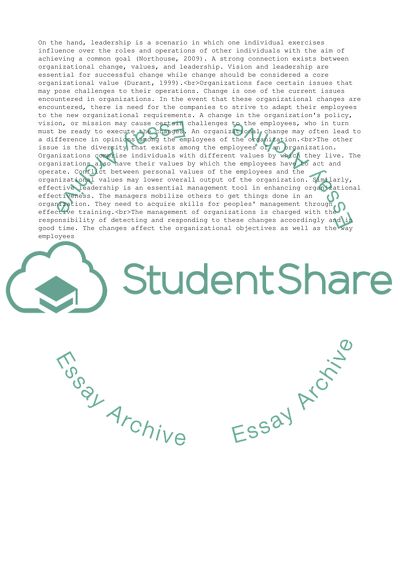Cite this document
(“Organzational change, values, and leadership Research Paper”, n.d.)
Organzational change, values, and leadership Research Paper. Retrieved from https://studentshare.org/management/1590074-organzational-change-values-and-leadership
Organzational change, values, and leadership Research Paper. Retrieved from https://studentshare.org/management/1590074-organzational-change-values-and-leadership
(Organzational Change, Values, and Leadership Research Paper)
Organzational Change, Values, and Leadership Research Paper. https://studentshare.org/management/1590074-organzational-change-values-and-leadership.
Organzational Change, Values, and Leadership Research Paper. https://studentshare.org/management/1590074-organzational-change-values-and-leadership.
“Organzational Change, Values, and Leadership Research Paper”, n.d. https://studentshare.org/management/1590074-organzational-change-values-and-leadership.


